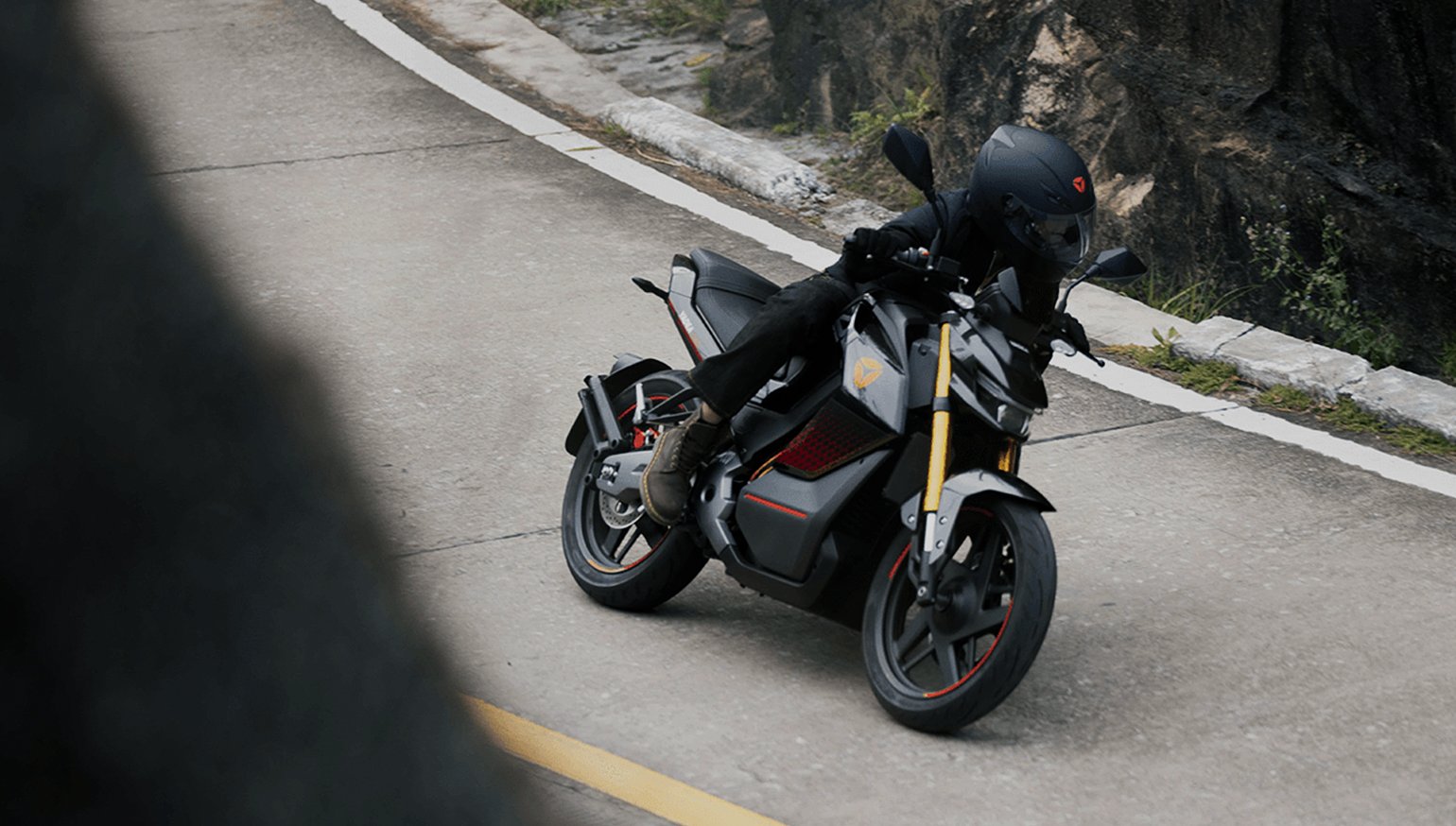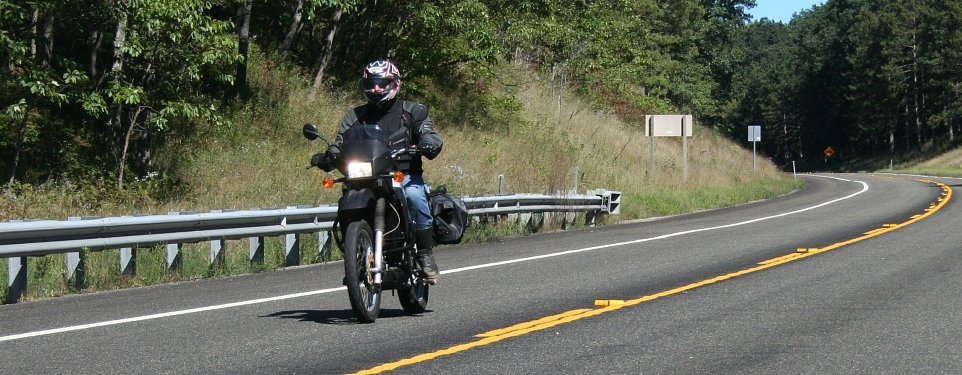The Consumer Electronics Show (CES) showcases the latest tech each January in Las Vegas, and the event is now enormously influential with electric vehicle manufacturers.
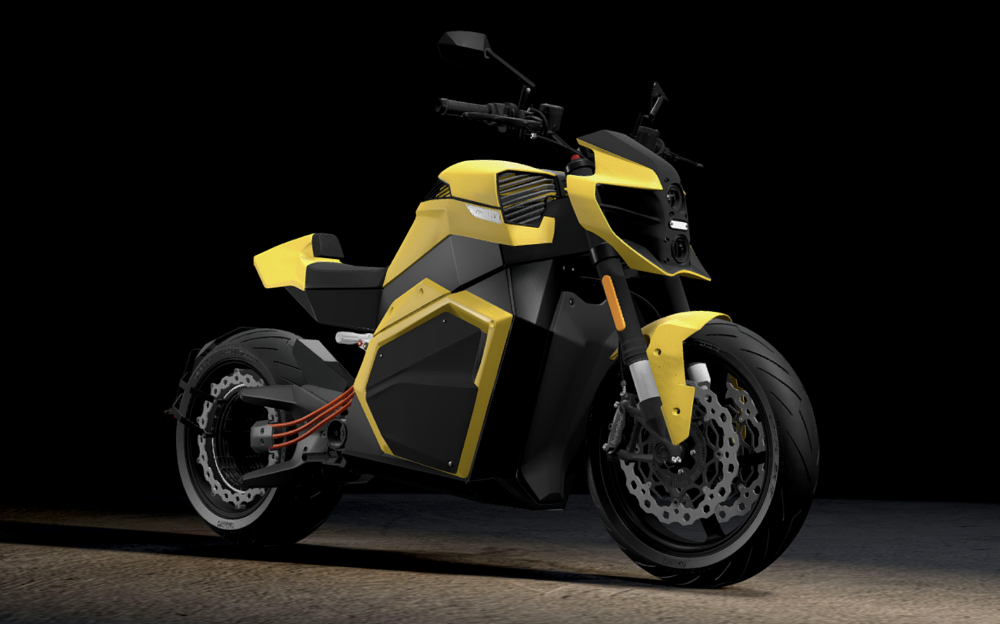
Verge TS Ultra
Verge already offers its TS electric motorcycle in Europe, but an upgraded version called the TS Ultra just debuted at CES. It will be sold in the United States, and preorders are currently open. You can’t miss its standout feature: a “hubless” rear wheel with its motor hidden inside.
Verge says this arrangement improves torque delivery and frees up space for more battery capacity, although appearances certainly played a role in this design, as well. It has four ride modes (amusingly Zen, Beast, Custom, and Range), a 20.2 kWh battery, and a claimed charge time of 25 minutes from 0% to 80%. The motor produces a claimed output of 201 horsepower and a top speed of 124 mph. Range is “up to 233 miles.” Made in Europe, the TS Ultra starts at $44,900. Yeow! If that's a little too steep for you, Verge also shows the $26,900 base TS and $29,900 TS Pro on its U.S. website. Premium pricing and unconventional designs aside, Verge does have a few years of building and selling motorcycles behind it, unlike so many startups in the EV space.
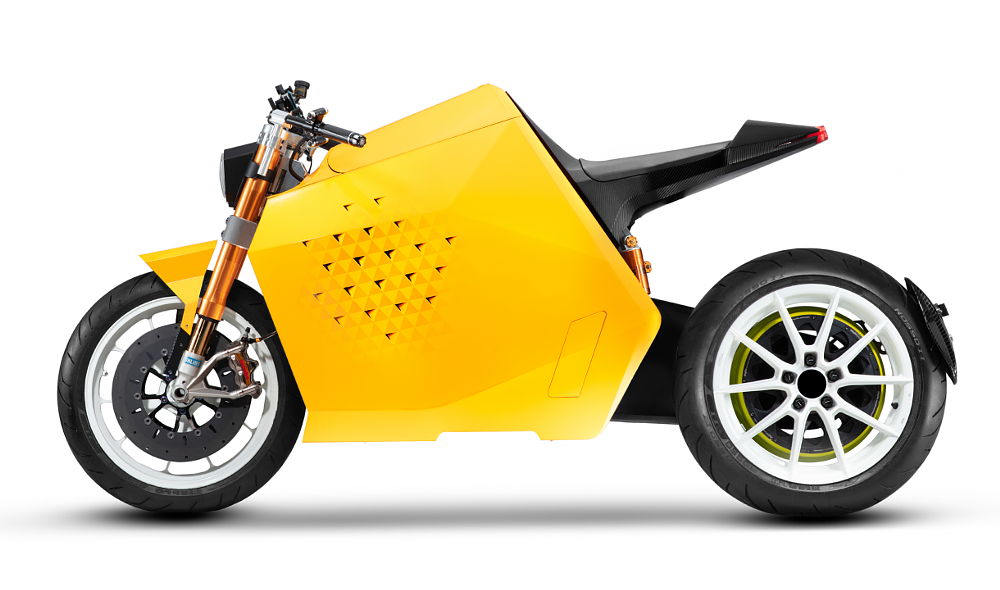
Davinci Motor DC100
Davinci is a self-described “ fast-growing Chinese manufacturer of high-performance robotic electric motorcycles,” and its new DC100 motorcycle is also the first Davinci product available in the United States. If the design wasn't striking enough, Davinci has taken a leaf from Tesla's book with promises of fascinating future features, including self-balancing, "electric power steering," self-rideability, remote control from a smartphone, and even the ability to follow the rider around. Stranger still, Davinci also plans to make the system's APIs open-source, so third parties can offer their own innovations for this bike. That could get interesting.
Davinci says the DC100 is a “futuristic cafe racer” meant to compete with ICE literbikes. With a 0-to-60 mph time of three seconds, a claimed output of 135 horsepower, and a top speed of 124 mph, the DC100 doesn’t quite match today’s 1,000 cc sport motorcycles. Range is “in excess of 249 miles,” according to press materials, and it will charge to full in “just half an hour” with a Level 3 DC charger. The battery is rated for 17.7 kWh, so that range figure is looking rather optimistic. Then again, Davinci's claims are just as wild as its designs, and DC100s will supposedly be hitting U.S. streets soon.
The DC100 is now available for preorder with a price of $27,500. 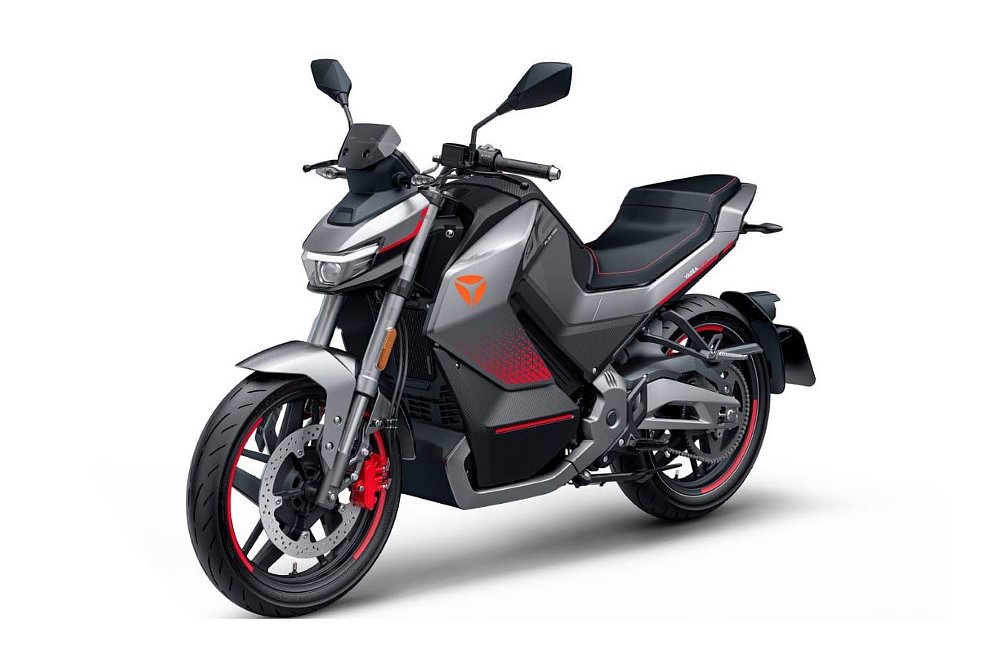
Yadea Keeness VFD
Most of the information on Yadea’s site sounds like it was run through Google Translate, but between the confusing and cryptic claims (“Youngest friendly, handle out of anxiety! Escort out of pomposity!”), there are a few key specs to look over. The Keeness carries dual 72V lithium batteries with a total capacity of 4.6 kWh, regenerative braking, and a 10 kW motor. Charge time is said to be 20 minutes from 0% to 80%. The range is a claimed 87 miles (at a constant speed of about 28 mph), and maximum speed listed at 60 mph. Yadea says the Keeness accelerates to 30 mph in four seconds. These figures firmly place the Keeness VFD in the light urban motorcycle category, and it'll almost certainly be marketed towards commuters on a budget. Yadea is currently working on building its U.S. dealer network before bringing Keeness models over from China.
The 17-inch wheels, sleek LED headlight, five-inch digital dash, cruise control, and inverted front fork are meant to make the Keeness feel like a more premium motorcycle. However, Yadea’s electric motorcycle has scooteresque features like combined braking, a large storage area (under the dummy gas tank cover), and no clutch or shifting.
Yadea Keeness VFD pricing and availability will be announced in 2023. Expect it to compare with 125 cc ICE motorcycles in both price and performance.
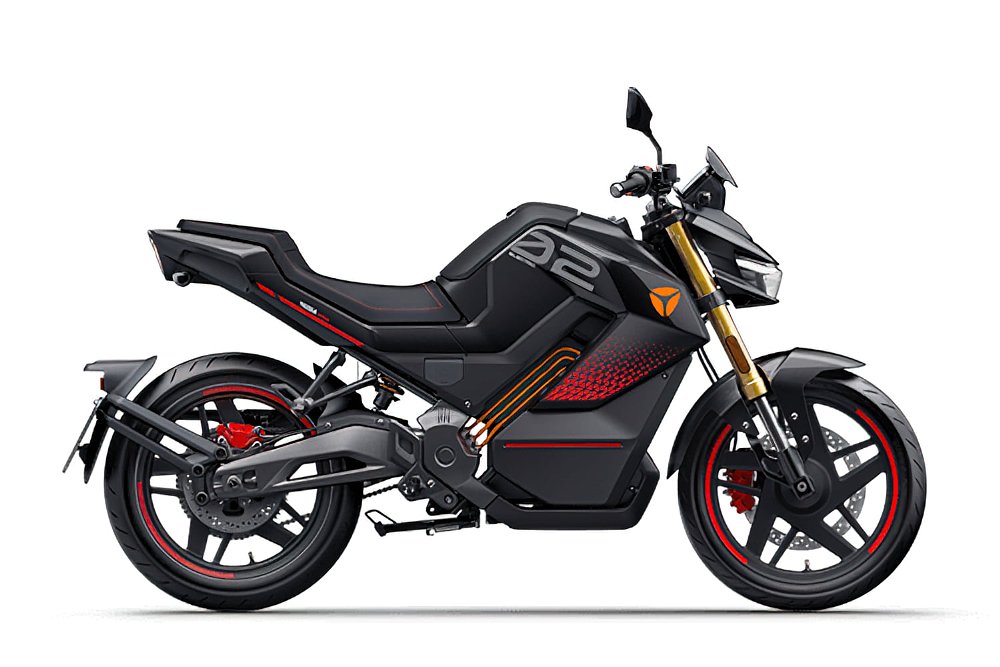
With that, another CES has come and gone without any serious disruption to the electric motorcycle market in the United States. Traditional motorcycle brands continue to play it safe as automotive manufacturers rush headlong into the hybrid and electric future. Meanwhile, smaller motorcycle companies still seem to be chasing onboard tech, novelty, and unconventional style in bids to stand out from the crowd.

 Membership
Membership

